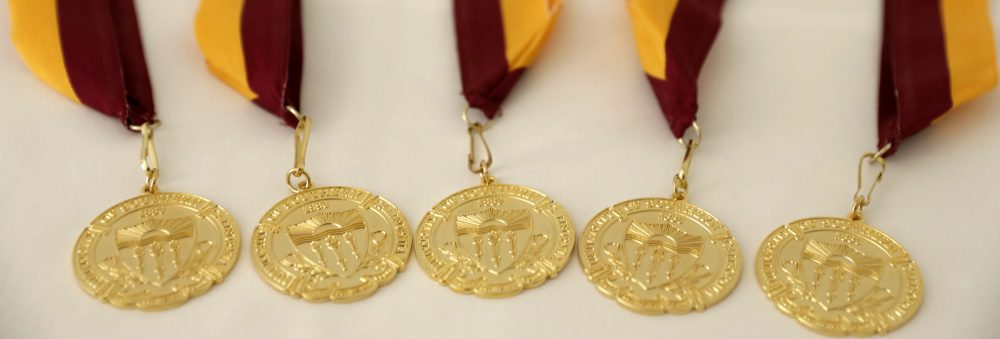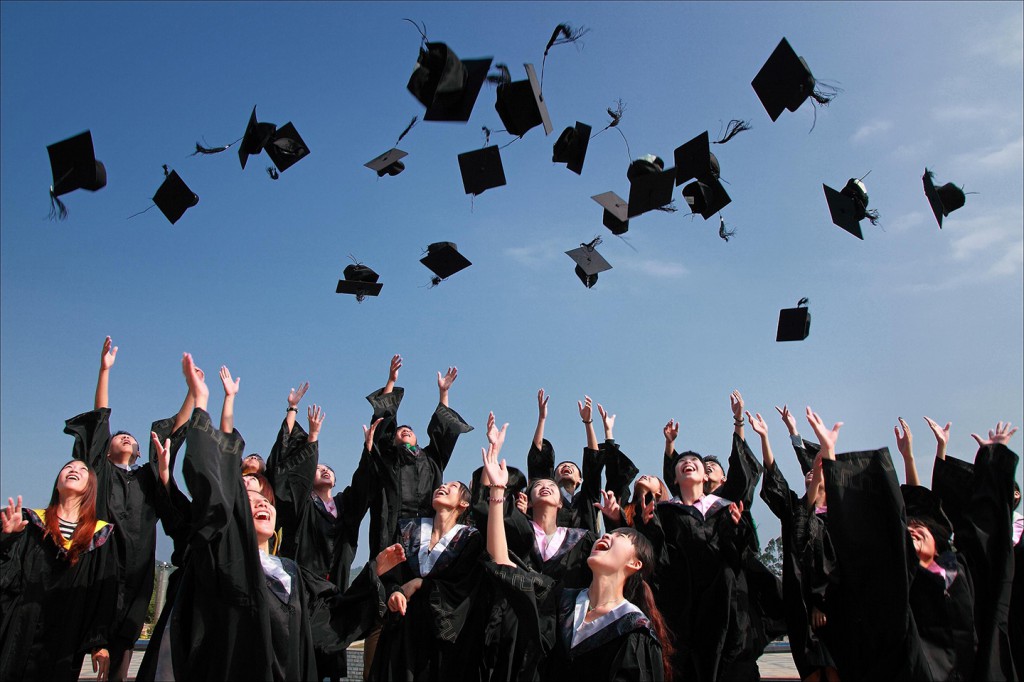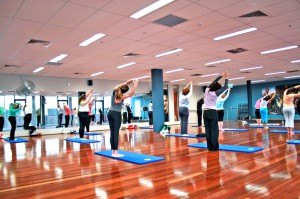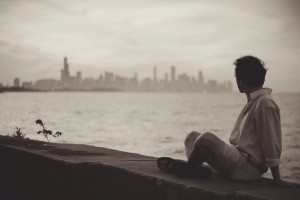By: Laura Cechanowicz
Spring in Japan is marked by the arrival of the cherry blossoms, an event that begins at a slightly different time from year to year depending on the weather. The cherry blossoms themselves are then remarkably fragile. While it is said they peak for one to two weeks, the truest critic I know claims they only last two to three days. The argument is that once the petals begin to fall and the green leaves peak out, their ephemeral beauty is diminished, quickly but a memory. In many ways, the cherry blossoms are an example of my dissertation research in Japan.
For my dissertation in iMAP in the School of Cinematic Arts Department of Media Arts + Practice, I am researching the experience of disability in several countries, and this year of travel is funded by the USC Research Enhancement Fellowship, and later this summer also the USC ACE-Nikaido Fellowship. I am working with locals with invisible disabilities to understand the challenges they face daily, and we are working together through worldbuilding, a practice I learned and developed in the USC World Building Media Lab with Alex McDowell, to imagine solutions to a few of their greatest difficulties. Our work includes documenting our lives now, and sharing those stories via various media outlets, as well as presenting and fabricating fictional stories to elaborate solutions to our problems and to tell our stories in a unique form. The work is also an investigation into how worldbuilding can be used in identity formation, while depicting the neuroscience of the embodied mind.
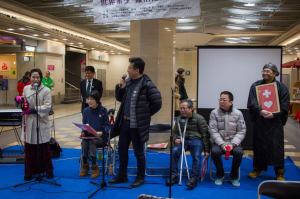
Photo of six members of non-profit Passione during Rare Disease Day in Kyoto, explaining the Japanese “helpmark” symbol for passers by in an underground shopping center. “Helpmark” is a visual symbol developed in Japan and distributed by the government to communicate that someone has an invisible disability.
As I am also a person with an invisible disability, in each country, I am working to understand my experience of disability in different spaces and cultures. I seek to, in an embodied manner, and by capturing and creating media in each place, capture a fraction of how my experience in that space and with different people is unique. Working with locals, I am also identifying and narrowing in on iconic objects from each culture, reimagining them in a future world that deals with invisible disabilities head on.
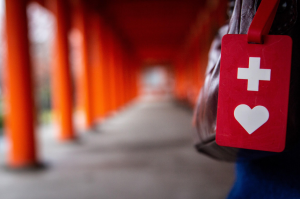
Photo of Laura Cechanowicz at a Sanjūsangen-dō Temple wearing the Japanese “helpmark” tag (photo taken by Yuske Fukada).
As a concrete example of my approach, the cherry blossoms are an archetypical Japanese symbol, repurposed for my work here in a future fiction context. Below is an excerpt from a world where everyone develops an invisible disability at some point in their lives. Society, culture, infrastructure, architecture, and more, are rethought and redesigned so that all citizens have as full of a life as possible.
“I still have dreams about running. It may be my greatest wish to run again.
I wonder, is it cruel to teach a child to run if you know someday soon they will never run again?
We call our philosophy of activity now ‘Sakura,’ but our use of the word is an extension of the traditional idea of cherry blossoms as helping people come to terms with life and death. We think of our varied abilities as having life and death cycles, drawing attention to our fleeting ableness. So we cherish our activity. But we don’t consider only that ability abandons, rather, that as one ability disappears, a new one often evolves. The man who becomes blind develops a strong ear.”
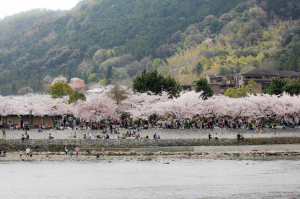
Image Description: Photo of a hundred people under cherry blossom, sakura, trees, in Arashiyama in Kyoto, Japan.
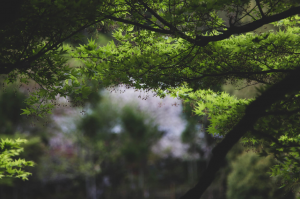
Photo of blurred cherry blossom tree in the distance, with a cherry blossom tree whose petals have all fallen in the foreground, brilliantly green.
